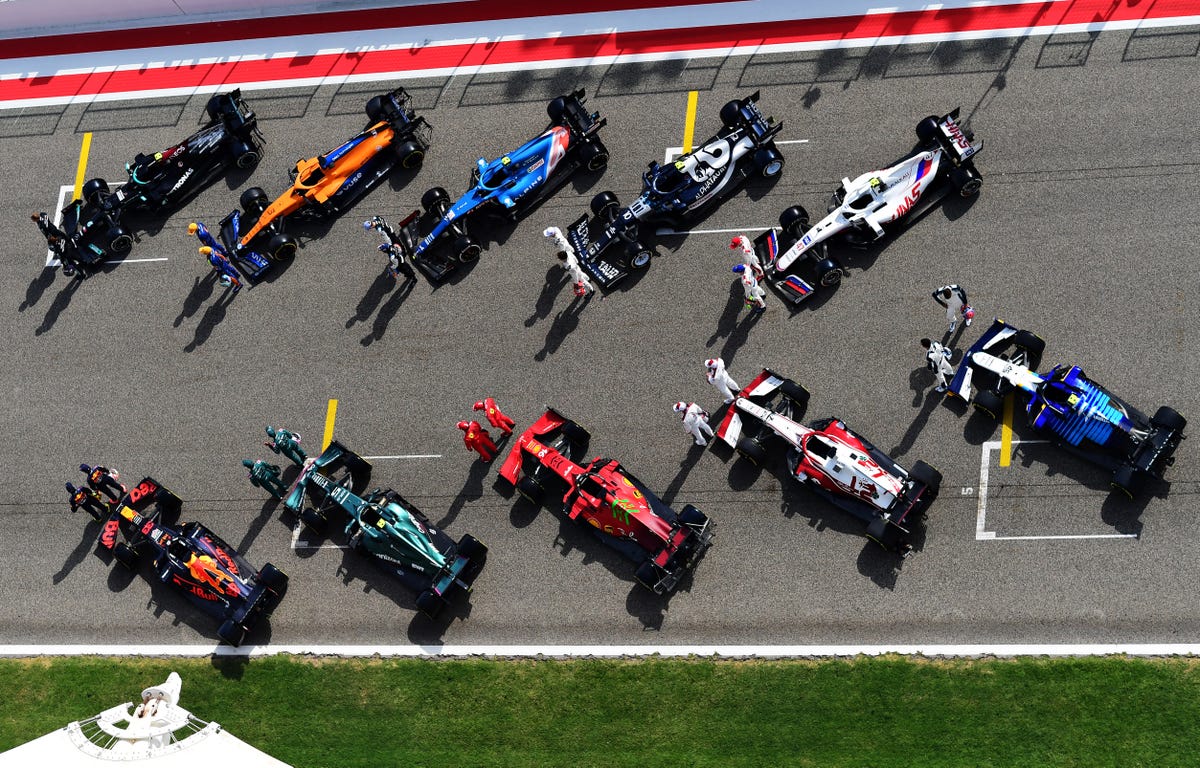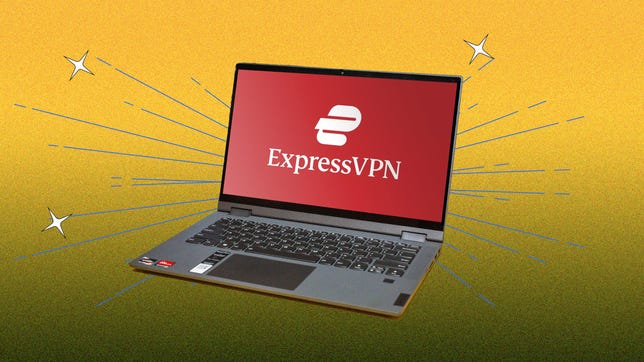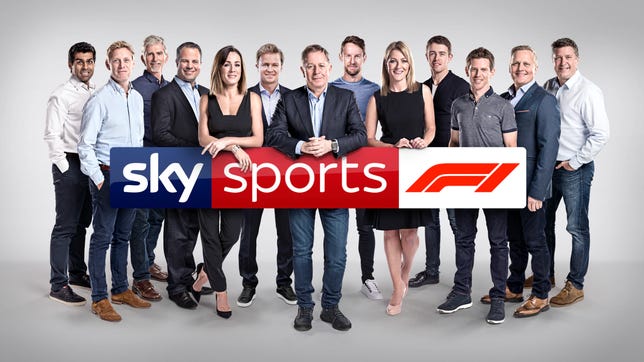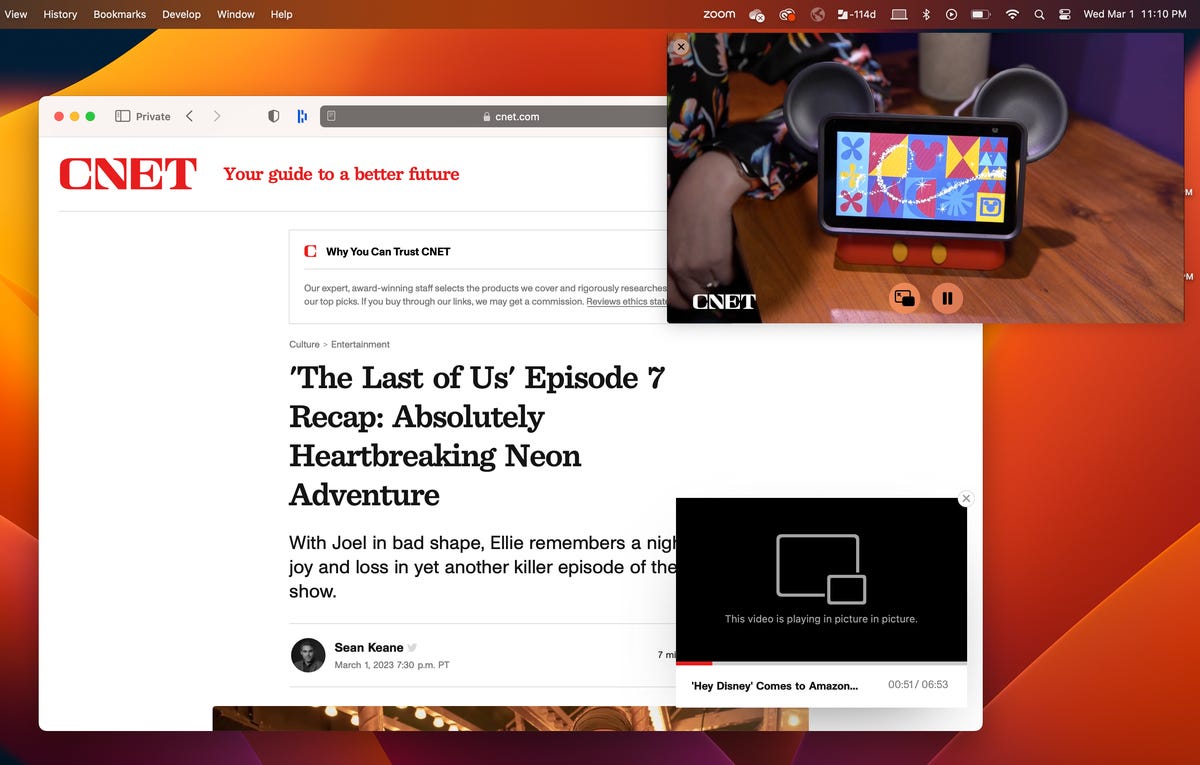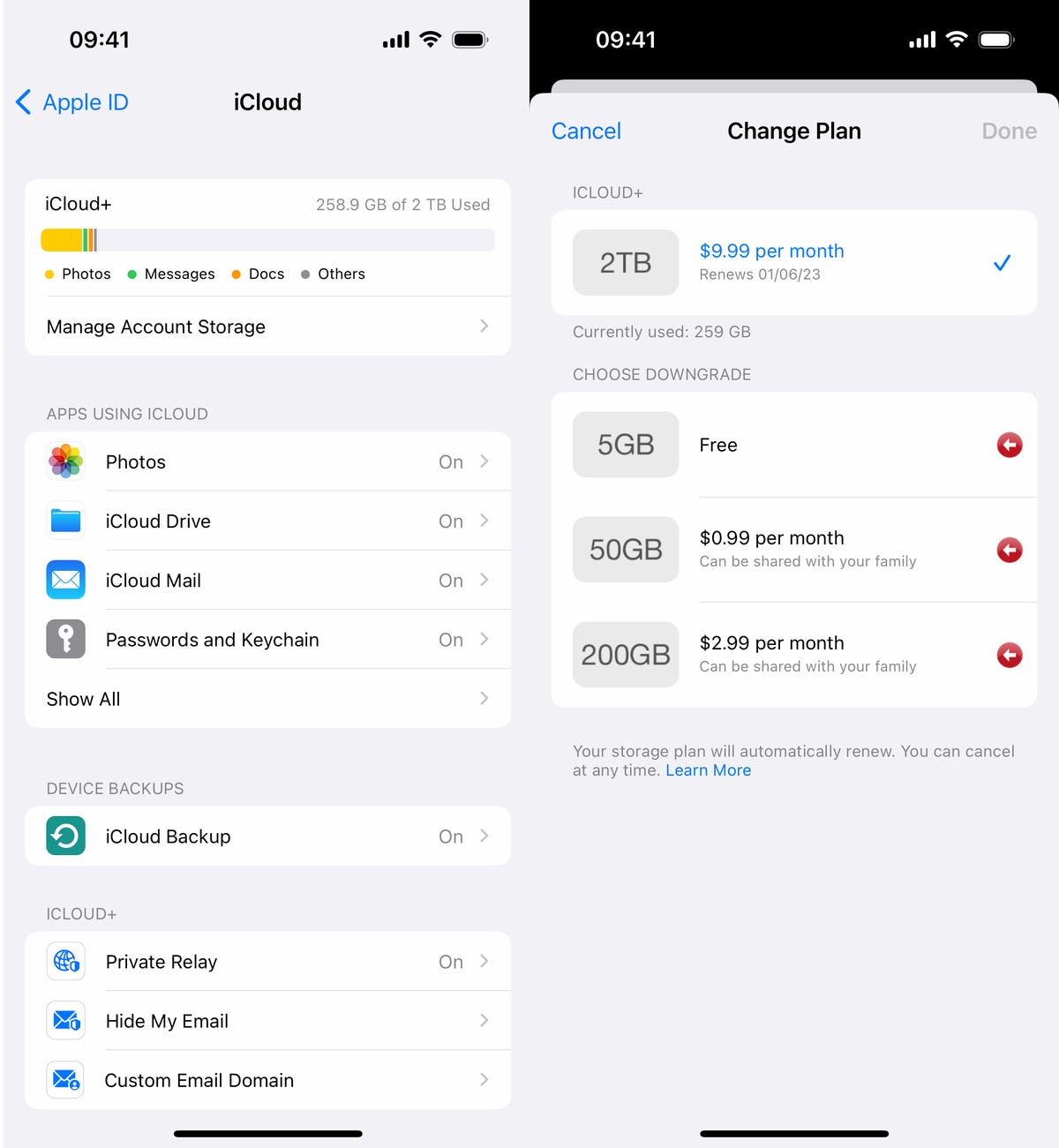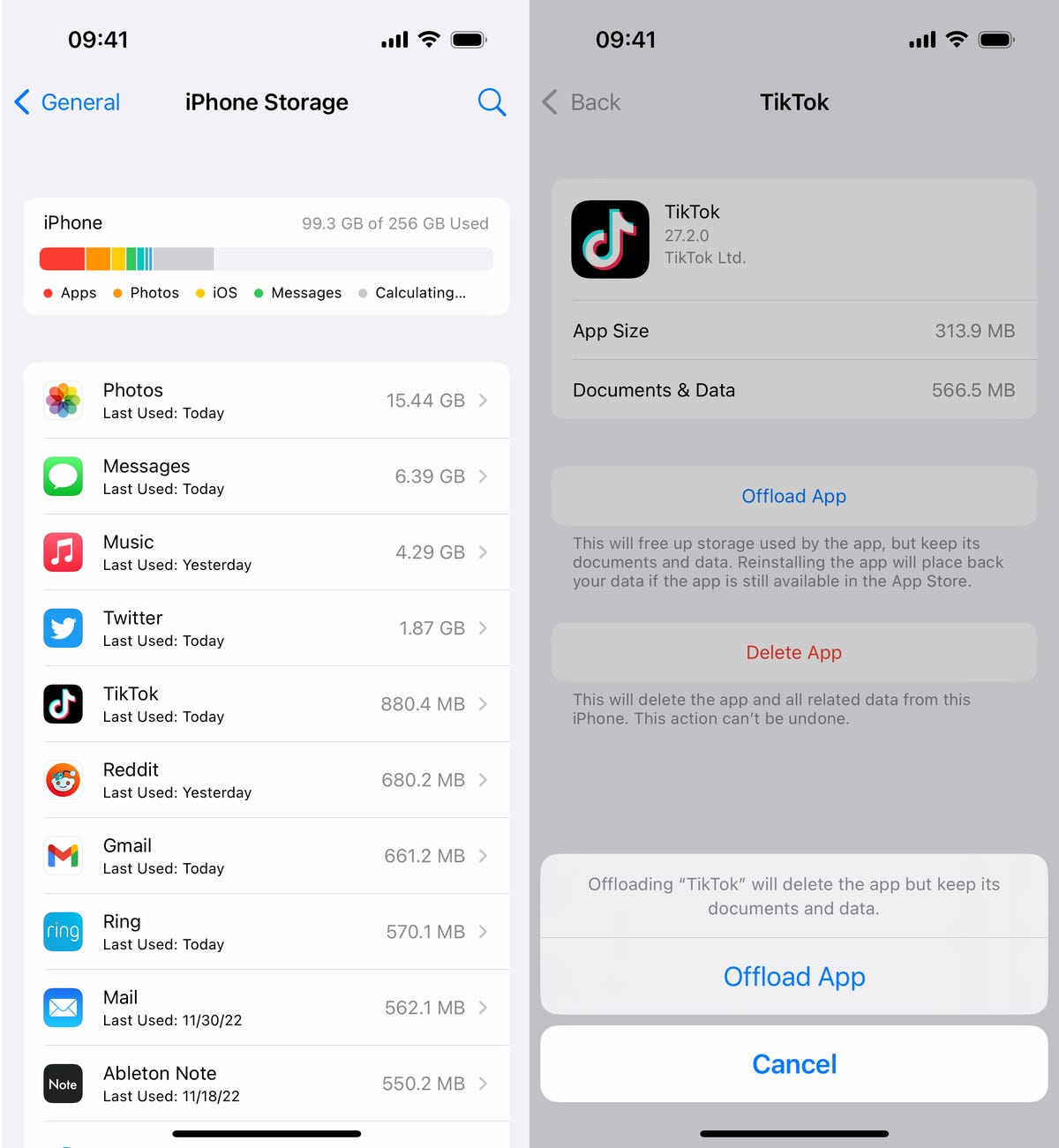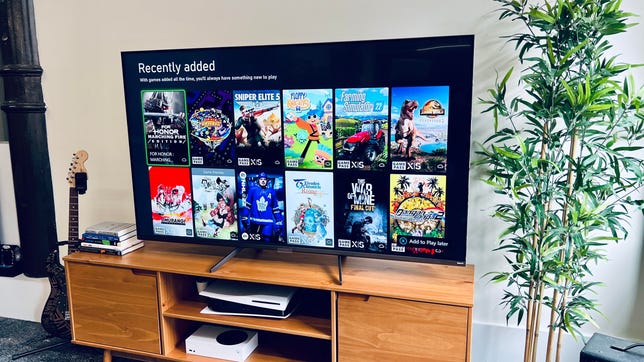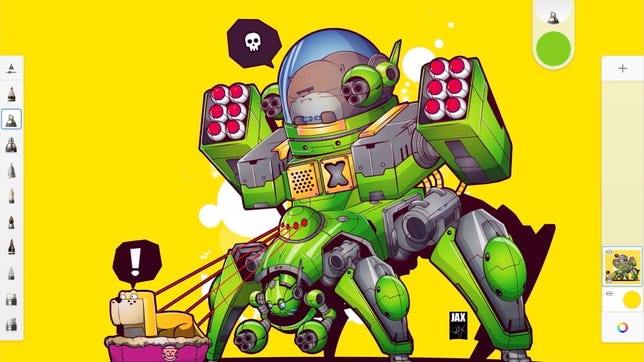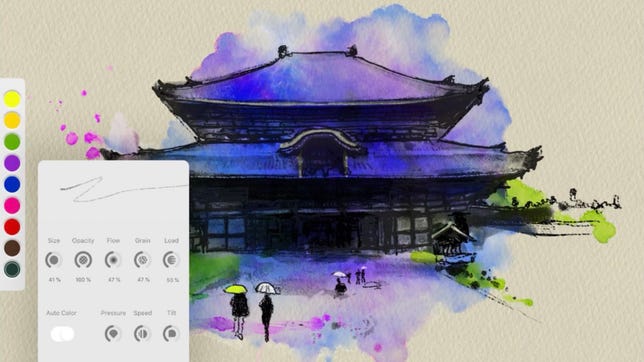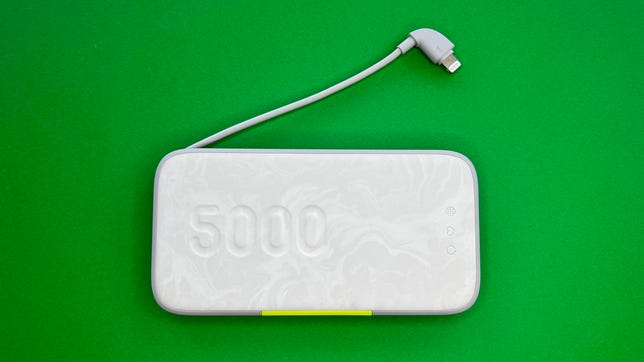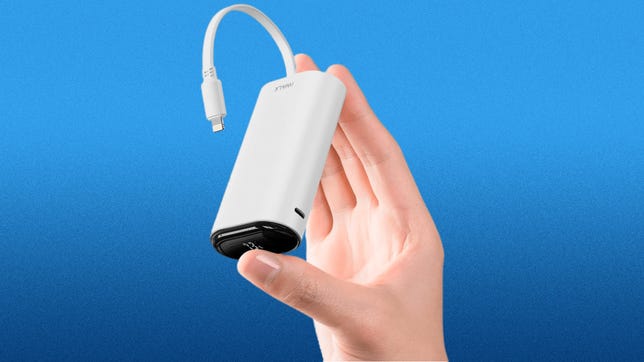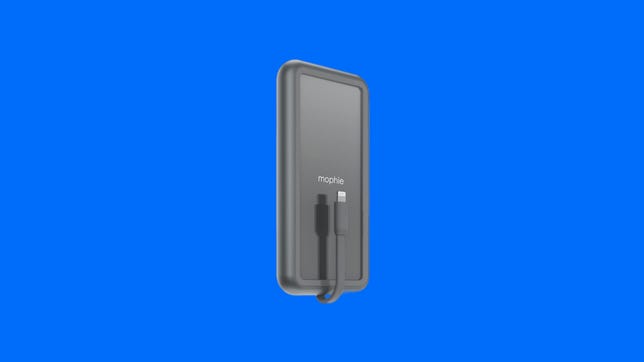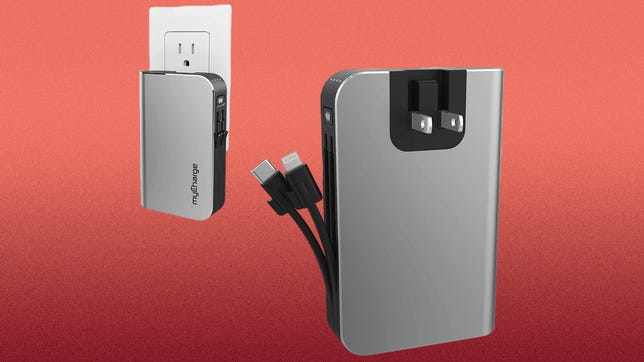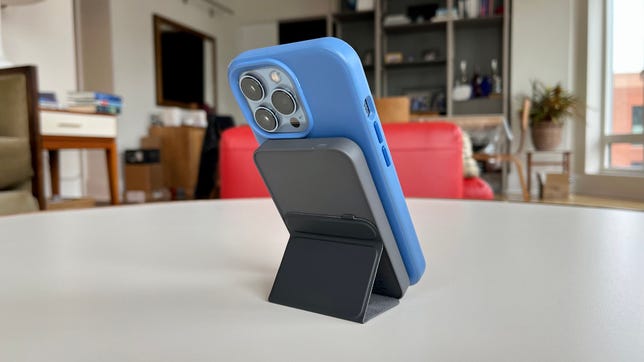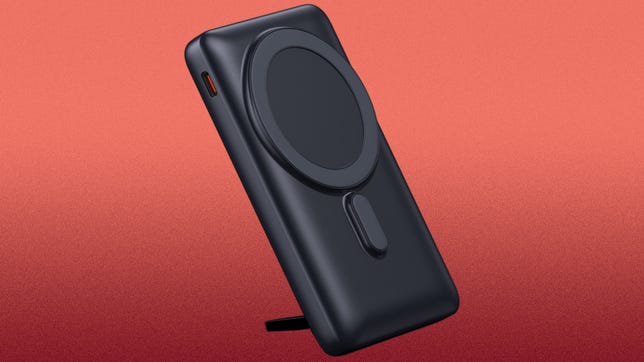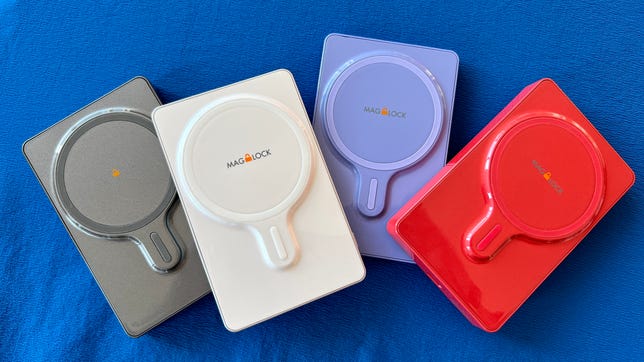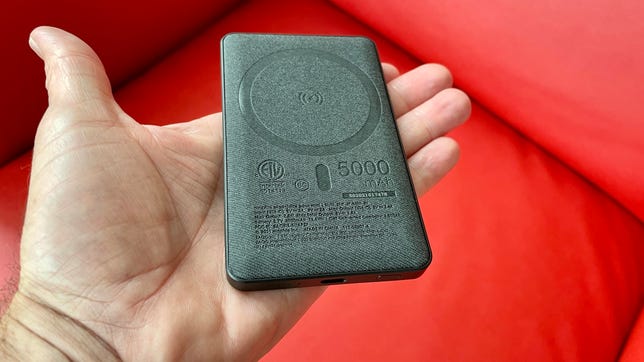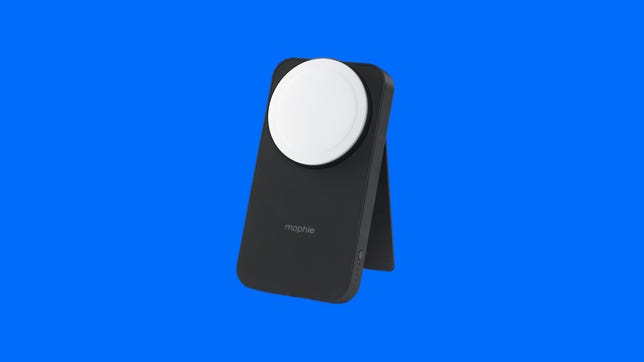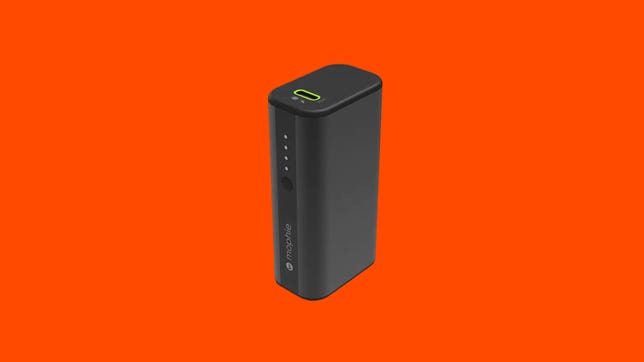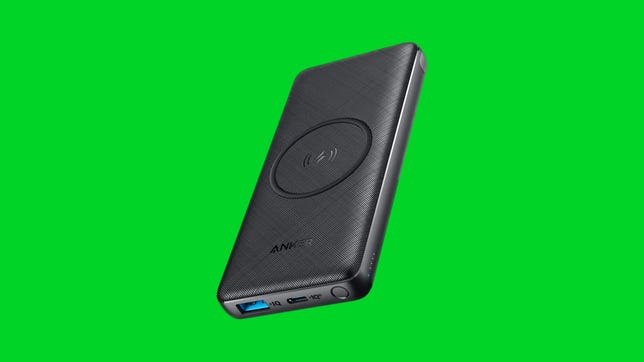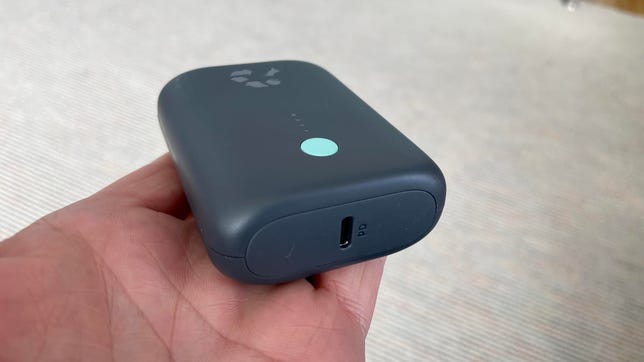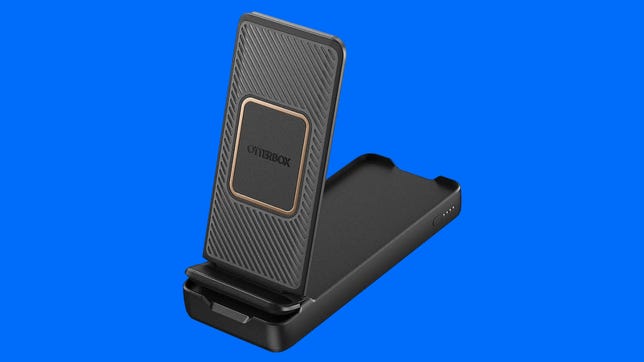Getting caught with a dead phone battery while you’re out and about can throw off your entire day, so it’s a good idea to keep a portable charger on hand. And even though new phones like the iPhone 14 boast a pretty impressive battery life, navigation, taking videos, gaming and other functions can still drain it pretty quick. So unless you want find yourself scrambling to locate an outlet, you’ll want to make sure you’ve got a dependable portable charger or power bank in you pocket or bag.
The best portable power banks and battery chargers come in all shapes and sizes. The more affordable options tend to require use of a cable for charging, but we’re seeing more and more magnetic wireless chargers that stick to the back of your MagSafe-enabled iPhone or MagSafe-enabled case. I personally like portable power banks for iPhones that have an integrated Lightning cable, which offers fast charging.
While this list is geared toward iPhones, any portable battery pack on the list with a USB-C or USB-A out ports will work perfectly well for charging an Android smartphone (or any other portable gadget), so long as you provide a compatible smartphone cable.
So what’s the best portable charger for juicing up your iPhone on the go? Here are out top picks, all of which I’ve tested and reviewed. I’ll update this list as other top portable chargers hit the market.
Read more: Best iPhone Chargers
Best battery packs with built-in Lightning cables and foldout wall plugs
David Carnoy/CNET
Infinity Lab is Samsung-owned Harman Kardon’s new accessories subsidiary, and I like its InstantGo 5000 and InstantGo 10000 power banks, which come with an integrated Lightning cable for easy charging of iPhones. The larger 10,000 mAh costs $20 more and is heavier and bulkier, but it can charge most iPhones twice.
You’re receiving price alerts for Infinity Lab InstantGo 5000
Screenshot by David Carnoy/CNET
While i can’t say how well this portable battery from iWalk will hold up over time, it’s a good power bank for the money, if it does manage to hold up. Along with an integrated Lightning cable that tucks away into a slot when not in use, it’s got an integrated 9,600-mAh battery, which should charge most iPhones almost twice. There’s also an LED in the battery that lets you now how much juice its got left.
The battery is a little bulky but it’s not huge for a 9,600-mAh battery. There’s nothing too fancy about it — it does feel a little generic — but it’s also about half the price of most portable batteries with a built-in Lightning cable. The Lighting cable will fast charge your iPhone at 18 watts and there’s also a USB-C out port for charging a second device (or a device that doesn’t charge via Lightning).
You’re receiving price alerts for iWALK LinkPod Y2 Power Bank Fast Charging 9600mAh,Small Portable Charger with PD Output & LED Display,[2023 Upgrade]Battery Pack Portable Charger with Built-in Cable Compatible with iPhone 14/13/12/6
Screenshot by David Carnoy/CNET
Zagg hasn’t promoted its Mophie Powerstation Plus With PD charger much, but it’s one of the best portable batteries with an integrated Lightning cable. It houses a 6,000-mAh battery (that’s enough to fully charge even larger iPhones) and the Lightning cable offers 18W fast charging and tucks into a storage slot when not in use (a flap covers the storage slot so you may not realize there is a built-in cable at first).
You charge the power bank with a Lightning cable, and there’s also a USB-A out port for charging a second device (or a device that isn’t an iPhone). The battery is available in a few color options, but I’ve mainly seen it in black and gray.
You’re receiving price alerts for Mophie Powerstation Plus With PD
Screenshot by David Carnoy/CNET
MyCharge’s Hub portable chargers come in a few different sizes and not only have an integrated foldable wall plug but integrated Lightning and USB-C cables, so you can charge both Apple and Android devices. It’s a little bulky, but with a 4,400-mAh battery, it should be able almost fully charge your smartphone, depending on its size. The step-up 6,700-mAh model is about $10 more.
You’re receiving price alerts for myCharge Portable Charger for iPhone – Hub 4400mAh Wall Plug & Built in Cables (Lightning, Type C) USB C Power Bank Fast Charging Battery Pack External Phone Backup
Anker
Thanks to Gallium Nitride (GaN) technology, chargers have been getting more powerful while shrinking at the same time. The latest example of that trend is Anker’s new line of GaNPrime chargers with next-generation GaN 3 technology, which the company says is even more energy-efficient. The Anker Power Bank 733, combines a 65-watt charger with a 10,000K-mAh portable battery and is part of the new GaNPrime line. It’s pretty compact for what it is and offers two fast-charging USB-C ports and one fast-charging USB-A port. You can charge up to three devices at once, but note that to get a full 65W charge for a laptop, you can only plug in the laptop. Also note that you can save $30 at Amazon by activating the instant coupon on the product page.
You’re receiving price alerts for Anker 733 Power Bank
Best MagSafe-compatible magnetic battery packs for MagSafe-enabled iPhones
David Carnoy/CNET
What’s cool about Anker’s 622 magnetic battery is that it’s a wireless battery that has an integrated magnetic flap that converts into a stand. You won’t get fast wireless charging from this 5,000-mAh battery (it charges at up to 7.5 watts), but it’s slim and easy to carry around.
It charges via USB-C, and if you use a USB-C to Lightning to charge your iPhone, it will charge at a faster rate of 12 watts. That’s not as fast as what a 20-watt USB-C power adapter can deliver, but it’s faster than 7.5 watts.
You’re receiving price alerts for Anker 622 MagGo Magnetic Battery
Screenshot by David Carnoy/CNET
If you’re looking for a bigger portable battery that charges your phone wirelessly, the Baseus Magnetic Wireless Power Bank is an excellent option. It houses a 10,000-mAh battery that can charge an iPhone 14 around two times — but it’s still somewhat compact.
The magnet is strong, and I also liked that it has an integrated flip-out kickstand, so it converts into a stand. There’s also an LED battery life indicator on back of the battery that tells you exactly how much juice the battery has left (you see the actual percentage). The Baseus Magnetic Wireless Power Bank is available in three color options with the black version currently costing a few bucks less.
It’s on sale for $48 at Amazon, but you can save 20% by activating the instant coupon on the product page.
You’re receiving price alerts for Baseus Magnetic Power Bank, 10,000mAh Foldable Kickstand Wireless Portable Charger, for Magsafe Battery Pack 20W USB-C for iPhone 14/14 Plus/14 Pro/14 Pro Max and iPhone 13/12 Series
David Carnoy/CNET
You don’t want your phone to go dead on the mountain, so it’s always good to pack a battery pack.
MyCharge calls its new line of magnetic power banks Superhero MagLock, implying that they’re real saviors. I was impressed by their design. Not only do the batteries, which come in various capacities, have strong magnets and stick really well to the back of your iPhone 12, 13 or 14, but they have raised coils, which are supposed to help reduce heat levels while charging. It does seem to work.
The 3,000-mAh battery is lightweight and slim and is nice to have around for some emergency charging. However, it won’t get you a full charge, so you’ll probably want to step up to one of the higher-capacity options like the 6,000-mAh model. The 9,000-mAh version is beefy and feels like your phone is attached to a small brick — the battery and phone do fit in your hand nicely, but the combo certainly isn’t pocket-friendly.
All the MagLock batteries charge Qi-enabled iPhones at 5 watts, although you can get faster charging if you go wired and use a USB-C-to-Lightning cable. I also liked how there’s a chime when the charging starts and your phone tells you how much juice is left in the battery pack (it’s tied into iOS 15). You can wirelessly charge Android devices as well but the MagLock won’t stick unless you have a metal ring on the back of your phone’s case (stick-on rings are available).
The SuperHero MagLock is available in a few colors and has a glossy finish. It’s currently the best designed magnetic power bank — better even than Apple’s. It’s priced at $60 but note that you can save 30% by activating the instant coupon on the product page.
You’re receiving price alerts for myCharge Portable Charger iPhone 14, 13, 12 & Mag Safe Cases – MagLock 6000mAh Wireless Magnetic Power Bank – Compatible with MagSafe Battery Pack, USB C Cable Input/Output – Pacific Blue
David Carnoy/CNET
Like some competing magnetic wireless chargers, Mophie’s magnetic power bank isn’t an official Apple MagSafe accessory, but it magnetically adheres to the back of your MagSafe-enabled iPhone or MagSafe case — yes, it sticks nicely — and is svelte for a 5,000-mAh battery. It can also be used with other phones that support wireless charging and comes with a stick-on magnet.
For wireless charging, Mophie says you’re looking at up to 7.5 watts for iPhones, but it felt a little more sluggish to me (more like 5 watts). If you need a faster charge, you can connect a USB-C-to-Lightning cable to bump the speed up to 12 watts.
You’re receiving price alerts for Mophie Snap Plus Juice Pack Mini
Screenshot by David Carnoy/CNET
Mophie’s Powerstation Wireless Stand with MagSafe is currently only sold through Zagg (Mophie’s parent company) and Apple. It’s not cheap but is a versatile 10,000-mAh battery battery with both a stand and MagSafe charger built in, and also has a threaded tripod mount at the bottom.
Since this is an official MagSafe charger, the battery does charge at 15 watts, making this among the fastest wireless external battery chargers out there and will also charge the AirPods 3 and AirPods Pro models with MagSafe. If you use a USB-C-to-Lighting cable (not included) with it, you can charge at 20-watt speeds. You can also charge two devices at the same time.
Note that first-time buyers at Zagg can get a 20% off discount by supplying their email address.
Best battery packs for iPhones with fast charging USB-C out
Mophie
If you’re looking for a compact external battery pack for your iPhone (or any smartphone), Mophie’s pocketable Power Station Mini (2022) features a 5,000-mAh internal battery and 20-watt USB-C PD fast charging. (You’ll need a USB-C to Lightning cable to take advantage of that fast charging if you’re an iPhone owner.) That battery will allow you to fully charge your iPhone.
For $20 more, you can pick up the 10,000-mAh version with dual USB-C ports — both come in black or blue colors. Also, note that Zagg, Mophie’s parent company, offers a 20% discount off your first purchase, so that model (it’s simply called the Power Station) is actually $50.
David Carnoy/CNET
The Anker 523 PowerCore Slim 10K PD is impressively slim for a 10,000-mAh portable phone charger and has a fast 20-watt USB-C out charging port (it’s also a USB-C input to charge its battery), plus a 12-watt USB-A out port. While the Anker 313 PowerCore Slim 10K is cheaper, this offers fast USB-C out charging, which makes spending the extra dough a big plus if you have a USB-C to Lightning cable.
You’re receiving price alerts for Anker 523 PowerCore Slim 10K PD
David Carnoy/CNET
Nimble’s Champ portable charger uses recycled plastic in its construction. You have to pay a bit more for going green, but it is a nice, compact 10,000-mAh charger that features PD 4.0 fast-charging (18 watts) via its single USB-C port. Also, the coupon CNET25 will get you 25% off at checkout.
Nimble also sells some higher-capacity fast-charging battery packs.
Best battery packs that convert into wireless charging stands
Otterbox
Otterbox gears its Folding Wireless Power Bank (10,000 mAh) toward those who like to watch movies on their phones or play games with a controller. It has a built-in stand that folds down when you take it on the go. It also has USB-C and USB-A ports that are capable of fast-charging your phone at up to 18 watts. The wireless charging is up to 7.5 watts with the iPhone and 10 watts for Android devices.
What to look for
Here are a few things to keep in mind when shopping for an external battery pack or power bank:
- A higher power output rating (mAh, short for milliamp hours) means more charges — but also a heavier portable charger weight.
- For the latest iPhones (everything after the iPhone 7) you should buy a battery with at least a 3,000-mAh capacity, which should give you at least one full charge for a device. With the exception of the Atom XS, all of the models featured above hit that mark.
- Multiple integrated charge cables or USB-out ports will allow you to charge more than one device at a time, such as an iPad or another iPhone.
- These best portable chargers for iPhone all use lithium-ion rechargeable batteries, and should thus always be stored in carry-on luggage when flying. Airlines and regulatory agencies are increasingly banning li-ion batteries in checked baggage.
- If you want maximum power output, opt for chargers with USB-C PD (power delivery) models, which should charge nearly every device smaller than a laptop, such as a tablet or Nintendo Switch.
More mobile and computing recommendations






